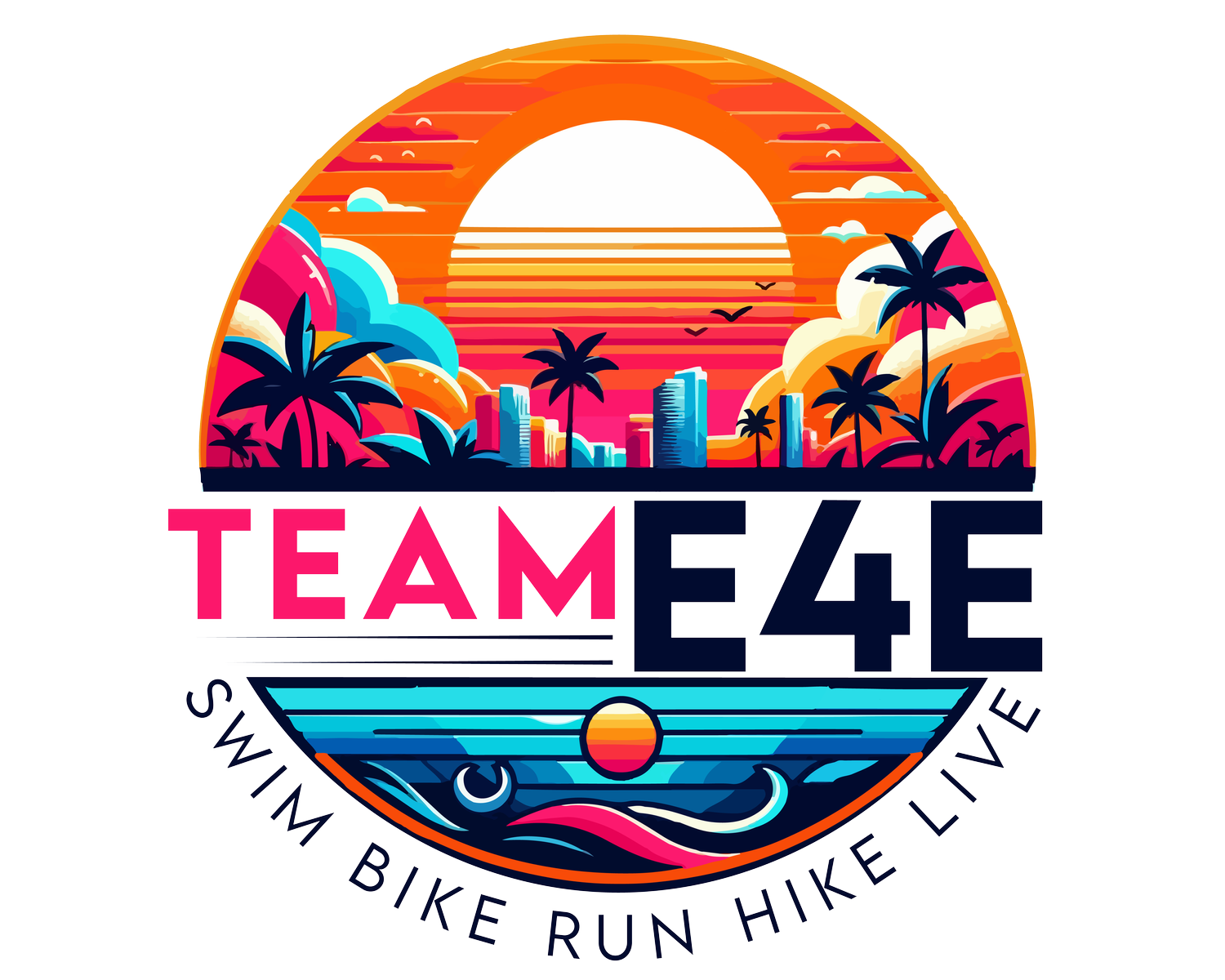From Zero to Hero: A Guide to Starting a Swimming Training Program for Short to Long Course Triathlons
Have you ever watched triathlon events and thought to yourself, "How do these athletes manage to swim such great distances, and then bike and run?" Or perhaps you're already a triathlete, but the swim leg has always been your Achilles heel. Don't fret; as a certified triathlon coach based in Tampa, Florida, I'm here to guide you on how to start a swimming training program to help you succeed in short to long course triathlons.
Triathlon swimming is a unique beast, requiring not just stamina and strength but also skill and strategy. This article will provide a comprehensive plan, broken into five key sections, to get you started on your swimming training journey.
Get Comfortable in the Water
As the authors of a study published in the Journal of Human Kinetics point out, comfort in water is a key factor influencing swimming performance (1). Your first focus should be on learning to float, kick, and breathe correctly. As a beginner, consider hiring a swim coach or joining a swim class. The guidance of a professional is invaluable in mastering these basic skills.
Learn the Four Competitive Strokes
The four competitive strokes in swimming - freestyle, backstroke, breaststroke, and butterfly - each offer unique benefits (2). For triathlons, you'll primarily use freestyle as it's the fastest and most efficient stroke. However, learning all four strokes can aid in overall conditioning and provide a break from the monotony of training.
Develop an Endurance Base
Building your endurance is essential to prepare your body for the demands of a triathlon swim. Endurance swimming involves swimming longer distances at a slow, relaxed pace, gradually increasing the total distance swum in a workout (3).
Incorporate Speed Work
Speed work is an important aspect of swim training, helping to improve swimming efficiency and prepare you for the higher-intensity effort of race day (4).
Practice Open Water Swimming
Triathlon swims are usually held in open water, which presents different challenges compared to swimming in a pool. Hence, it's essential to get in some open water practice before your first triathlon (5).
In conclusion, starting a swimming training program to prepare for triathlons can seem daunting, but remember, every expert was once a beginner. Patience and consistency are key to improvement. Start by getting comfortable in the water, learning the strokes, and then gradually building your endurance and speed. Don't forget to practice in open water conditions before race day. With a solid plan and commitment, you can conquer the swim leg of your next triathlon. Happy swimming, and see you at the finish line!
References
1. Moran K, et al. Understanding the Relationships Between Safety, Swimming Ability, and Drowning Risk in Children and Adolescents. Journal of Human Kinetics. 2016.
2. Barbosa TM, et al. Energetics and Biomechanics as Determining Factors of Swimming Performance: Updating the State of the Art. Journal of Science and Medicine in Sport. 2010.
3. Toussaint HM, et al. Differences in Propulsive Force–Time Characteristics Between Competitive Swimmers and Triathletes. Medicine & Science in Sports & Exercise. 1990.
4. Zamparo P, et al. The Energy Cost of Swimming and Its Determinants. European Journal of Applied Physiology. 2020.
5. Peeling PD, et al. Open Water Swimming: Environmental, Physiological, and Psychological Considerations. European Journal of Sport Science. 2020.
